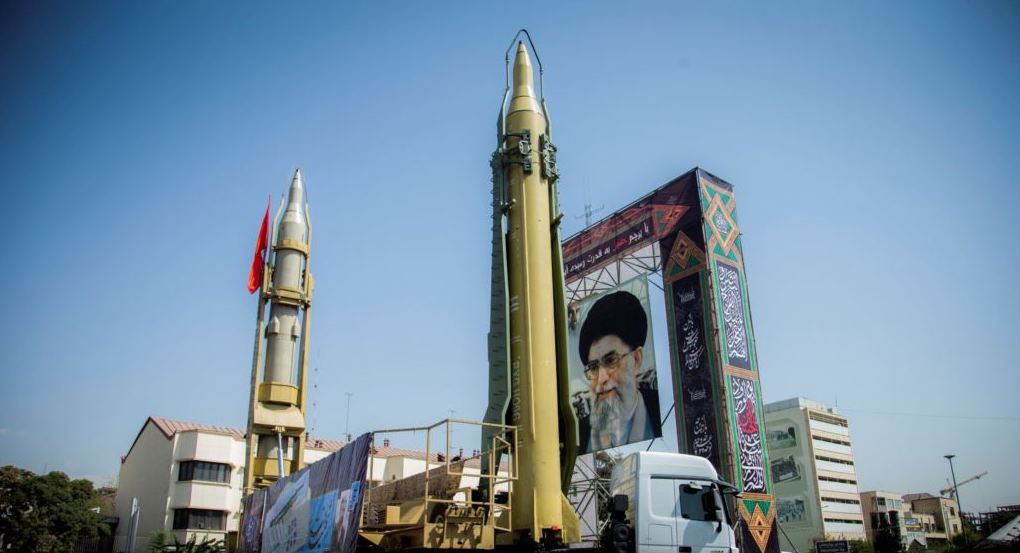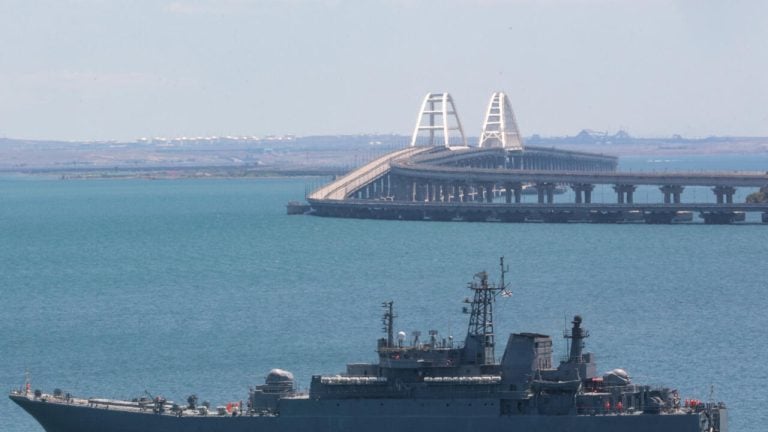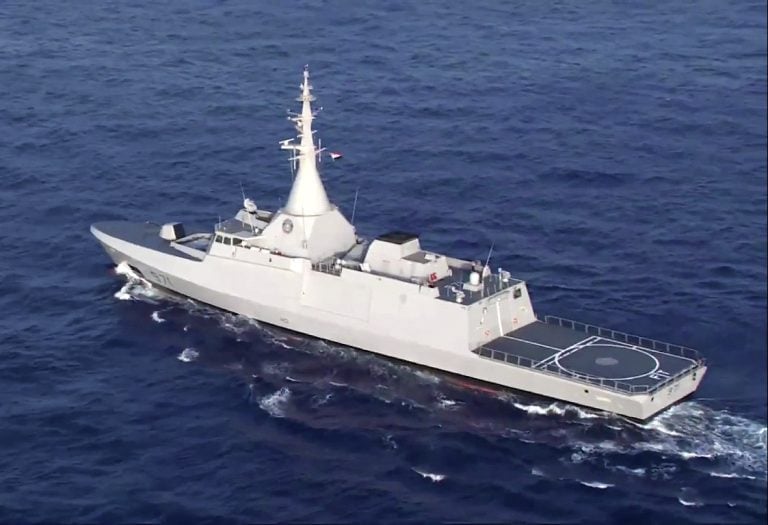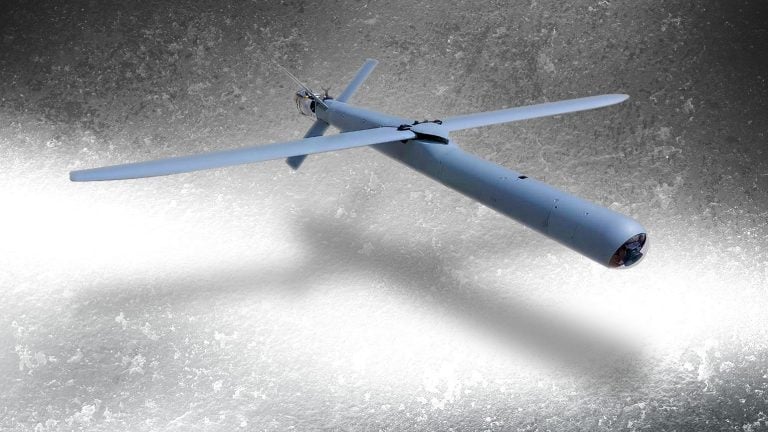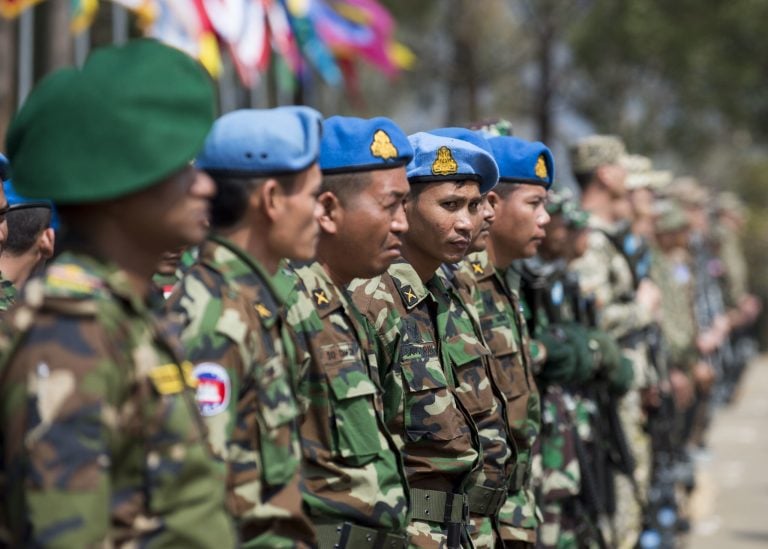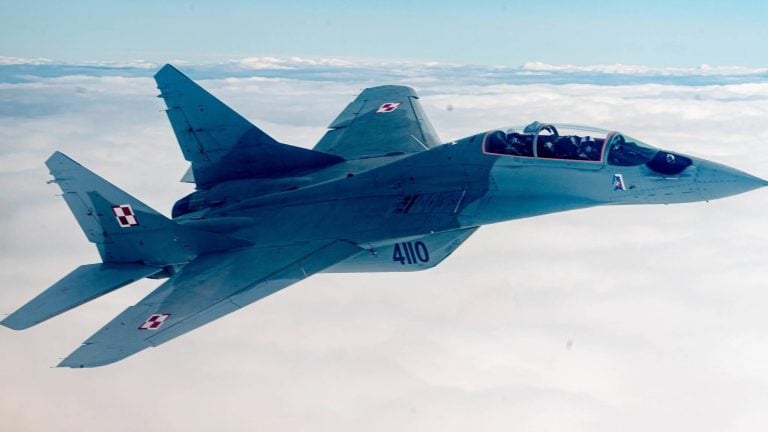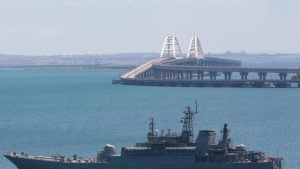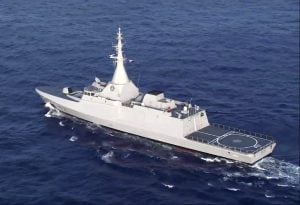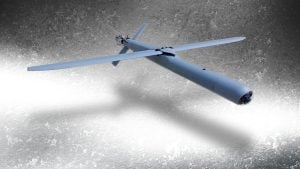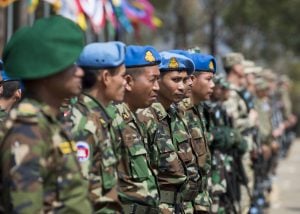The Iranian military is set to reveal a new indigenous supersonic cruise missile next month, a development that is poised to significantly bolster the country’s naval defense and deterrence capabilities. State media reports indicate that the missile will have an impressive operational range of 2,000 kilometers (1,242 miles), enhancing Iran’s ability to project power beyond its borders.
This advanced missile system is notable for being equipped with artificial intelligence (AI), which is expected to improve its precision strike capabilities compared to older models. Rear Admiral Alireza Tangsiri, the commander of Iran’s Islamic Revolution Guards Corps (IRGC) Navy, emphasized the strategic shift in missile deployment, stating, “We now have missiles that can be launched from the depths of the Iranian territory, eliminating the need for coastal launches.” This move is likely aimed at complicating adversaries’ targeting processes and enhancing Iran’s overall military readiness.
In a demonstration of its capabilities, the IRGC recently conducted a test launch of a cruise missile from the western region of Tabas, successfully hitting a target located 650 kilometers (403 miles) away in the Sea of Oman. This test underscores the operational viability of the missile system prior to its official unveiling.
Tangsiri also discussed Iran’s recent strategic military decisions, including the relocation of critical military assets to high-altitude areas along the coastline, which he claims will enhance their protection. He stated, “ensuring that no missile or bomb can inflict damage on our assets,” indicating a proactive stance in the face of perceived threats.
The move to advance defense technology is part of Iran’s broader strategy to achieve greater self-reliance amidst regional tensions. Earlier this month, the government announced the establishment of a new underground missile facility dedicated to naval warfare, described by state media as a “missile city.” This facility is reported to include multiple missile systems reinforced by an extensive network of underground tunnels, further demonstrating Iran’s commitment to enhancing its military infrastructure.
These developments come against a backdrop of strained relations with the United States, particularly following US President Donald Trump’s inauguration for a second term. Iran is currently assessing the implications of potential changes in US foreign policy, especially within the context of the “maximum pressure” strategy employed by the previous administration.
As Iran continues to unveil these advancements in military capabilities, regional stakeholders and international observers remain keenly attuned to how these developments will influence the security dynamics within the Middle East.
